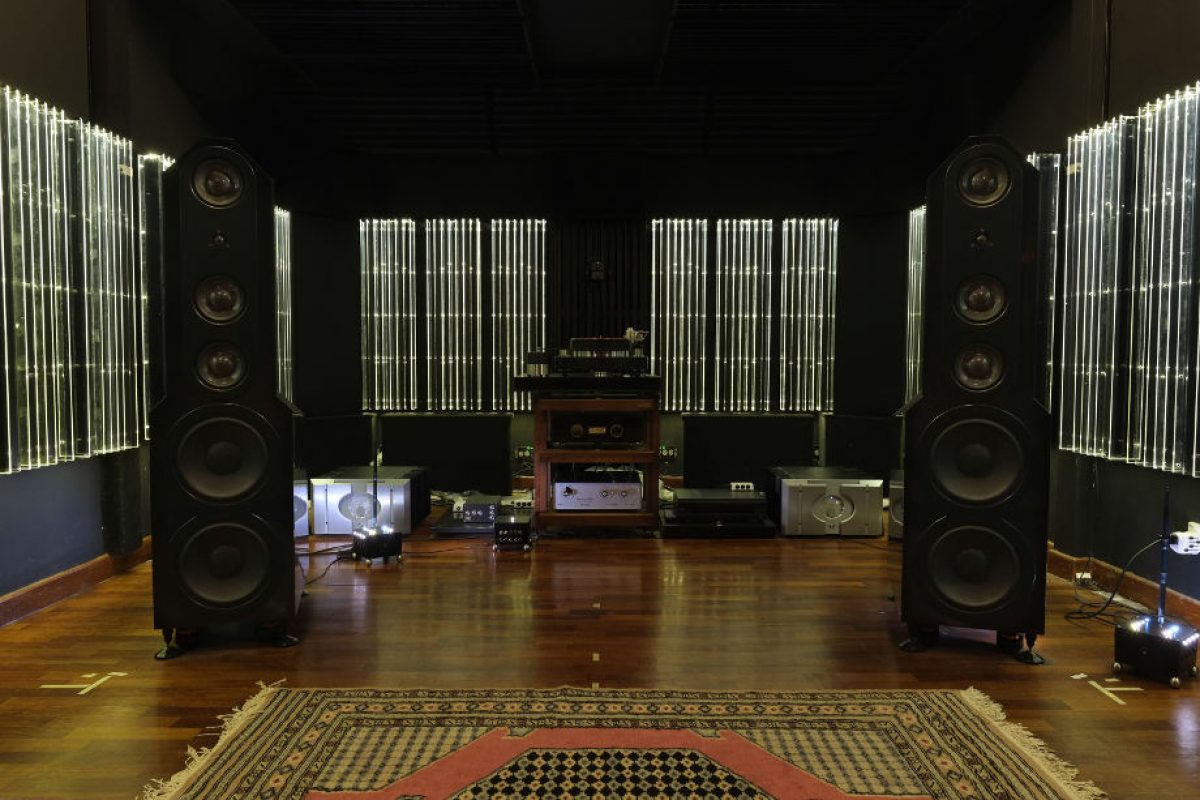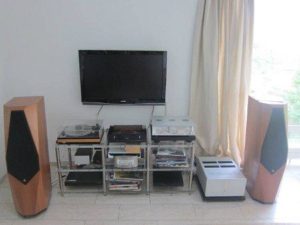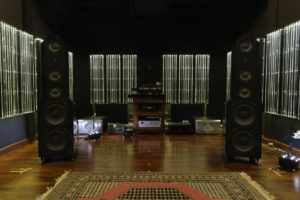For your initial interest, I would rate the demo as one of the best in my HiFi hobby journey. Nothing prepares me for such encounter and it totally goes beyond what I possibly can imagine. I can’t describe the sound I heard in HiFi jargon as I felt I was not merely listening to reproduction music. The effects from SCHNERZINGER are so real and alive that I can literally touch the musicians and feel like inside the venue with them. For the first time, I experience „Hot Flushes“ listening to music inside my own audio room. I have high expectation as far as musical presentation is concerned and I must say that what I heard during the demo makes me go „crazily“ in love with my very own system. It totally changed the way at what I should be looking for in assembling a great sounding system in the future.
I must thank you (Kam) and Michael for putting in the time and effort in making the demo an unforgettable encounter and I’m humbled by the experience.
— Choong (Malaysia Audiophile) —







